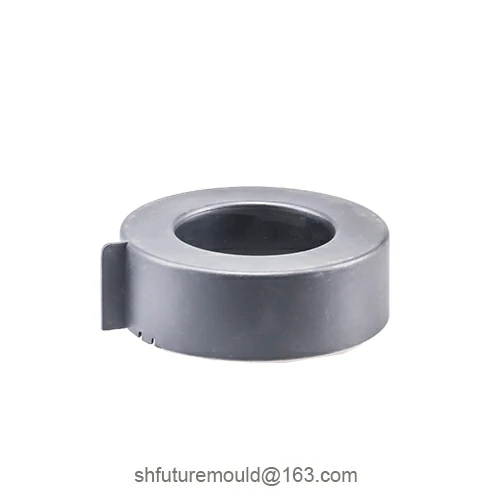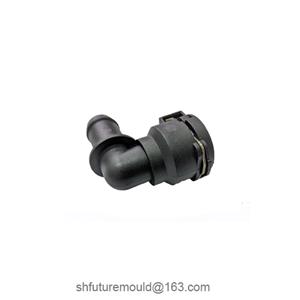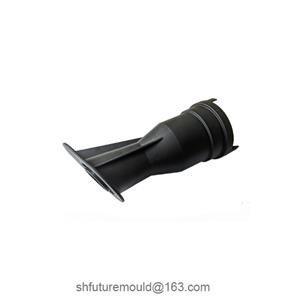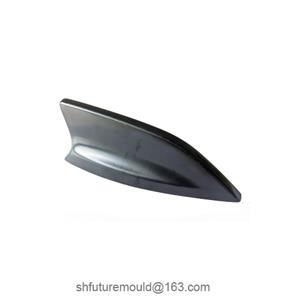The Impact of Injection Mold Structure and Condition on Cycle Time and Cost
The structure and condition of an injection mold significantly influence the cycle time and cost of the injection molding process. A well-designed and well-maintained mold can not only improve production efficiency and reduce product defects but also extend the mold's service life.
Impact of Mold Structure on Cycle Time and Cost
Runner Design:
Runner Length and Diameter: Directly affect the flow resistance of molten plastic. Excessive length or diameter can increase filling time and extend the cycle.
Gate Location and Type: Improper gate location or type may lead to defects such as shrinkage and bubbles, increasing the defect rate and cycle time.
Cavity Design:
Cavity Quantity: A larger number of cavities means a higher number of parts can be produced in a single cycle, increasing production efficiency. However, too many cavities can increase mold complexity and cost.
Cavity Depth: Deeper cavities increase filling time and extend the cycle.
Cooling System Design:
Cooling Channel Layout: An unreasonable cooling channel layout can lead to uneven cooling, affecting product quality and extending the cycle.
Cooling Medium Temperature: Both too high and too low cooling medium temperatures can affect cooling efficiency and impact the cycle.
Core Pull Design:
Core Pull Force: Excessive or insufficient core pull force can affect demolding time and cycle time.
Core Pull Mechanism Complexity: A more complex core pull mechanism increases maintenance costs.
Impact of Mold Condition on Cycle Time and Cost
Mold Wear:
Cavity Wear: Cavity wear can lead to unstable product dimensions and increase the defect rate.
Core Pull Mechanism Wear: Wear of the core pull mechanism can affect the core pull force and increase the cycle time.
Mold Deformation:
Thermal Deformation: Temperature changes in the mold can cause deformation, affecting product dimensional accuracy.
Long-Term Stress Deformation: Long-term stress can cause deformation and affect product quality.
Mold Contamination:
Plastic Residue: Plastic residue in the mold can affect the product's appearance and increase the defect rate.
Other Contaminants: Other contaminants can scratch the mold surface and accelerate wear.
The structure and condition of an injection mold have a direct and profound impact on the cycle time and cost of the injection molding process. By optimizing mold design and strengthening maintenance, it is possible to effectively improve production efficiency, reduce production costs, and ensure the stability of product quality.
- Injection Mold
- Automotive Injection Mold
- Electronics & Electrical Injection Mold
- Consumer Goods Injection Mold
- Airplane Components Injection Mold
- Medical Components Injection Mold
- Irrigation Components Injection Mold
- Injection Molds




